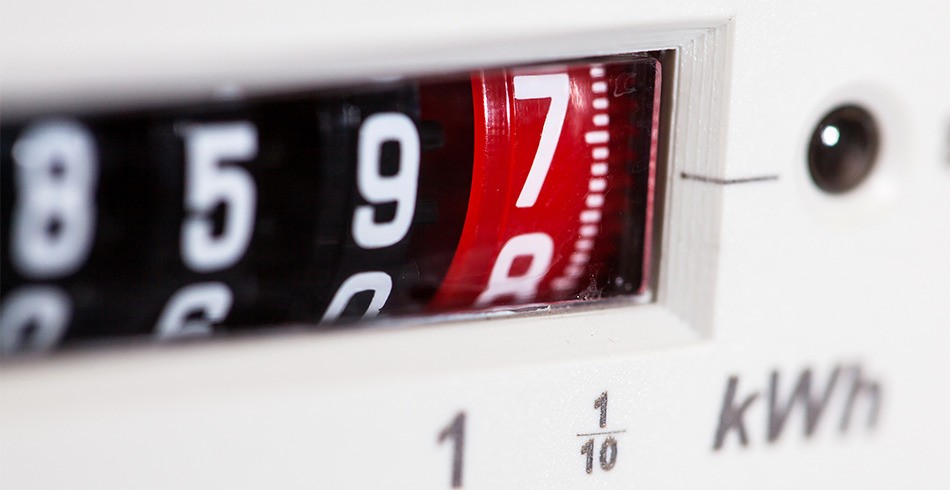Benchmark electricity prices are set to fall for many Australians but are likely to rise for others according to the Australian Energy Regulator in its draft determination of the Default Market Offer for 2024-25 (DMO 6).
The draft determination sets out the approach the AER intends to take to determine the final DMO price which will be released in May. The draft determination is subject to public consultation and stakeholder feedback, along with updated network and wholesale costs, which will be reflected in the final decision.
At this time, it is estimated price changes for all residential and small business customers on standard retail plans will be less than the rate of inflation.
Related article: AER report shows wholesale energy prices down in 2023
In fact, the majority of residential customers could have price reductions of between 0.4% to 7.1% while the remaining residential customers may have increases between 0.9% and 2.7% depending on their region and whether they have controlled load. The majority of small business customers could see reductions between 0.3% and 9.7% while others could face modest increases of around 0.7% depending on their region.
AER chair Clare Savage said a range of costs were factored into this draft determination, including wholesale and network costs, environmental and retail costs.
“We know that economic conditions have put pressure on many Australians and the increases in electricity prices over the last two years has made energy less affordable for many households. In light of this, the AER has, in this decision, placed increased weight on protecting consumers.
“While wholesale markets have stabilised since their extreme peaks of 2022, this easing has been offset by the pressures we are observing in network prices. Poles and wires costs are a large component of retail prices, comprising around 40% of the price,” Savage said.
Network cost increases are being driven by inflation and interest rate rises along with under recovery of revenue due to milder weather conditions over the last year and, for New South Wales, the development of the NSW Roadmap.
Regulations require the AER to set a reasonable per-customer annual price, having regard to the costs of supply and enabling retailers to make a reasonable profit.
In line with policy guidance from Ministers, each year the AER has balanced the objectives of protecting customers from unjustifiably high prices, while allowing retailers a sufficient margin to enable them to recover costs, to compete and to offer new products and innovations to the market.
This year, in the face of cost-of-living pressures, Ministers have asked the AER to prioritise the protection of customers from unjustifiably high prices. To achieve this, the AER has reduced the “headroom” within the DMO price, designed to enable retailers who may have higher than average costs to enter the market and compete.
Related article: South Australian power prices down thanks to renewables
“Our draft determination should still allow a retailer to recover their costs and make a reasonable profit with a retail margin of 6% for residential plans and 11% for small business plans. These are higher margins than we see in other markets, such as Victoria, where strong competition remains.”
Savage said she welcomed recent data showing reductions in the prices of retailers’ more competitive market offers which are below the DMO.
“The median market offer has dropped by between 1% and 5% across most electricity distribution zones since 31 December 2023 and the most competitive market offers are now 18%-23% below the DMO price. Your retailer is required to tell you on the front page of your bill at least every 100 days if they can offer you a better deal.”







